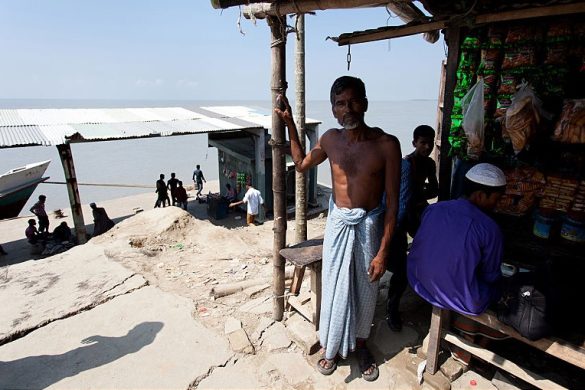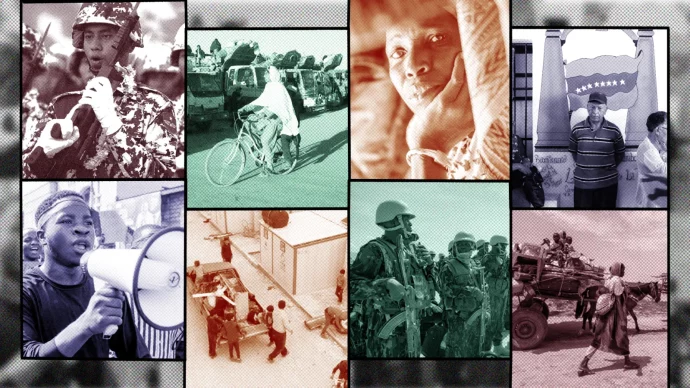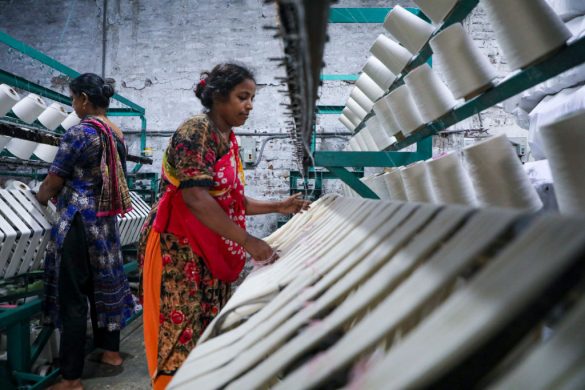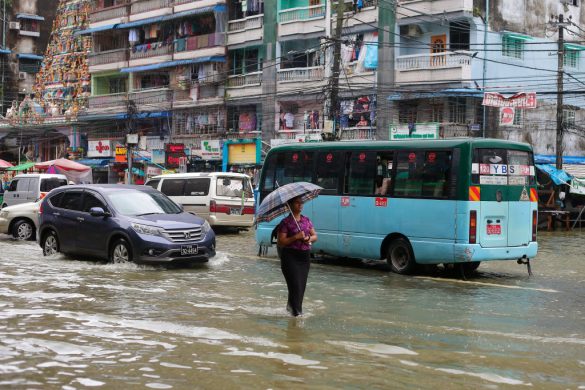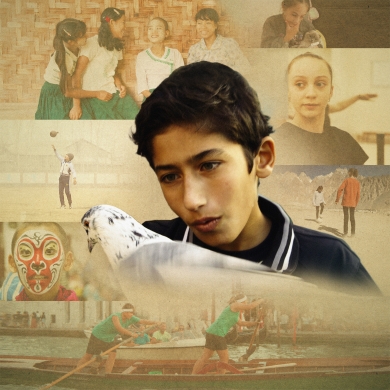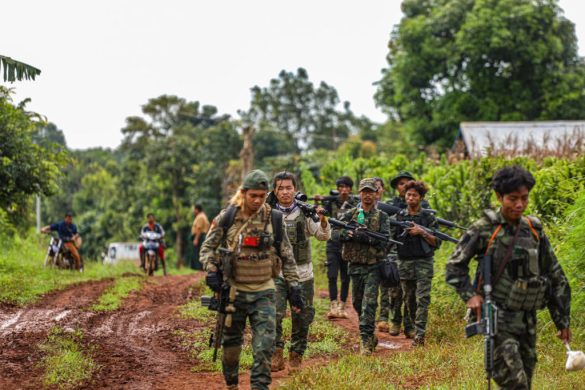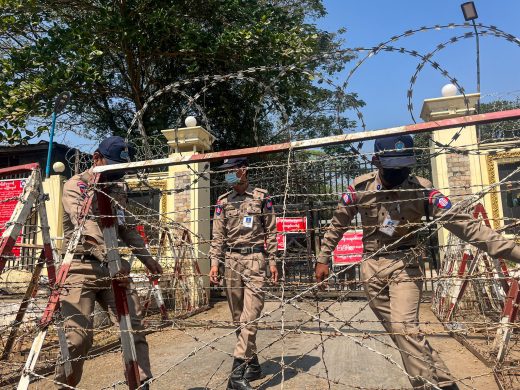FAIRFIELD, October 19, 2017 (Save the Children): Overcrowding, a lack of schooling and widespread desperation among the Rohingya in camps and makeshift settlements in Bangladesh are putting children at an alarming risk of exploitation and abuse, Save the Children has warned.
More than 450,000 school-age Rohingya children are currently out of school in Bangladesh – including 270,000 who have arrived since the violence and killing broke out in Myanmar’s northern Rakhine State on August 25 – taking away one of the most important protective mechanisms for children.
En katastrofe, der venter på at ske
“There are huge child protection concerns in the camps. A lot of desperate, hungry children are running around alone in crowded, chaotic settings where anything could happen,” said Carolyn Miles, President and CEO of Save the Children. “It’s a child protection disaster waiting to happen. This kind of situation leaves children who’ve already seen and experienced things that no child should ever see at a hugely increased risk of exploitation like trafficking, sexual abuse and child labor.
“Many of the social networks that protected children back home in Myanmar have not had time to form in the camps yet, which puts children at risk.
“One of the best ways we can protect children in this situation is to get them into classrooms; a safe space where they can learn, and can also benefit from things like psychosocial support and hygiene promotion. In a crisis like this, education is incredibly important for children.”
Også uledsagede børn
Miles also expressed concern about the number of separated and unaccompanied Rohingya children in Bangladesh.
“We have already identified more than 1,200 children who’ve either been separated from their parents in the chaos of escape or have arrived on their own, often because their parents have been killed,” she said.
“Children with no one to look after them are some of the most vulnerable on earth, and we need to protect them. We think there are several thousand more children in this situation.”
Save the Children is running two child safe spaces for Rohingya children, providing separated and unaccompanied children with 24-hour care, while family tracing and reunification services take place.
The international humanitarian organization has also set up Child Friendly Spaces to support children’s emotional wellbeing as well as distributing food, shelter items and hygiene and household kits, digging latrines and running early learning programs.
Save the Children is planning to reach 185,000 children through its education work, which includes building more than 1,100 temporary learning spaces.





